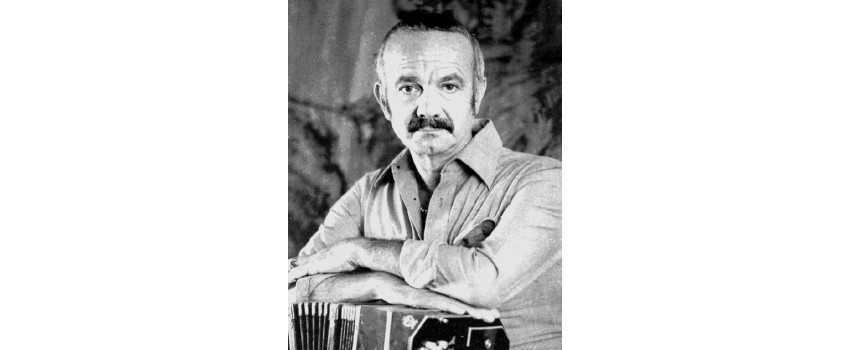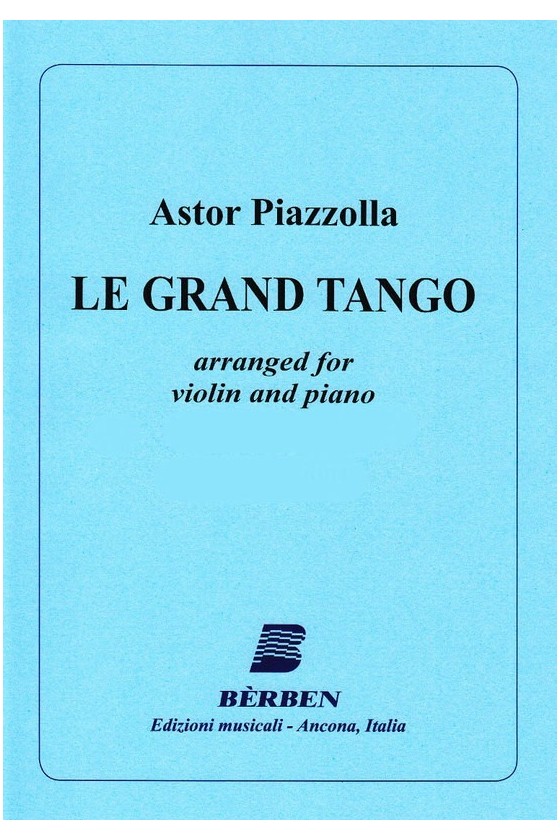Piazzolla, Astor
Astor Piazzolla, born on March 11, 1921, in Mar del Plata, Argentina, was a legendary tango composer, bandoneon player, and arranger. His innovative works transformed traditional tango into a new style known as nuevo tango, blending elements of jazz and classical music. Piazzolla's virtuosity on the bandoneon, a type of accordion, allowed him to perform his own compositions with various ensembles. Today, he is recognized as one of the most influential figures in the history of tango music.
Childhood and Early Influences
Piazzolla was the only child of Italian immigrant parents, Vicente "Nonino" Piazzolla and Assunta Manetti. His father's collection of tango records exposed him to the music of Carlos Gardel and Julio de Caro at an early age. Piazzolla also developed a passion for jazz and classical music, particularly the works of Bach. In 1925, his family moved to New York City, where he discovered the bandoneon and began learning to play the instrument.
Musical Education and Career Beginnings
After returning to Argentina in 1936, Piazzolla started playing in various tango orchestras. He was greatly influenced by Elvino Vardaro's sextet and joined Aníbal Troilo's orchestra in 1939. Piazzolla's role as a bandoneonist and arranger for Troilo allowed him to hone his skills and expand his musical horizons. He also studied composition with Alberto Ginastera and piano with Raúl Spivak, further enriching his musical knowledge.
Formation of the Quinteto Tango Nuevo
In the 1950s, Piazzolla experienced a period of musical exploration and growth. He immersed himself in classical music, studying orchestration and delving into the works of Stravinsky, Bartók, and Ravel. In 1955, he formed the Octeto Buenos Aires, a chamber music ensemble that deviated from the traditional tango orchestra format. This formation provided Piazzolla with the opportunity to experiment with his own orchestration and musical content.
Inspired by the success of the Octeto, Piazzolla formed his first Quinteto Tango Nuevo in 1960. The quintet consisted of bandoneon, piano, violin, electric guitar, and double bass. This innovative ensemble broke away from the traditional orquesta típica style and created a new sound reminiscent of chamber music. Piazzolla's compositions during this period showcased his unique approach to tango, blending traditional elements with jazz-like improvisations.
International Recognition and Collaborations
Piazzolla's groundbreaking musical style gained recognition and acceptance outside of Argentina. He embarked on international tours, performing in renowned venues such as the Montreal International Jazz Festival and Central Park in New York City. In 1974, he collaborated with American jazz baritone saxophonist Gerry Mulligan on the album "Summit," which received critical acclaim.
During his career, Piazzolla composed music for numerous films, including "El exilio de Gardel" and "Sur." His film scores demonstrated his ability to infuse tango with various musical genres and capture the essence of the stories portrayed on screen.
Musical Innovations and Legacy
Piazzolla's compositions were characterized by their complex harmonies, dissonance, and extended forms. He incorporated elements of jazz improvisation and counterpoint, challenging the traditional boundaries of tango music. His works, such as "Adiós Nonino" and "Libertango," became iconic pieces in the tango repertoire.
Piazzolla's musical innovations met with resistance from traditional tango purists in Argentina. However, his music found appreciation among liberal segments of society and gained international acclaim. Today, his legacy lives on through the works of musicians who continue to explore and expand upon the nuevo tango style.
Awards and Recognitions
Throughout his career, Piazzolla received numerous awards and accolades for his contributions to music. In 1985, he was named an Illustrious Citizen of Buenos Aires, and in 1995, he was posthumously honored with the Honour Konex Award as the most important deceased musician of the decade in Argentina. His impact on the global music scene is undeniable, and his influence can be heard in the works of contemporary musicians across various genres.
Conclusion
Astor Piazzolla's revolutionary approach to tango music transformed the genre and solidified his place in music history. Through his compositions, he brought together the worlds of tango, jazz, and classical music, pushing the boundaries of traditional tango and captivating audiences around the world. His legacy continues to inspire musicians and music lovers, ensuring that his contributions to the evolution of tango music are never forgotten.


